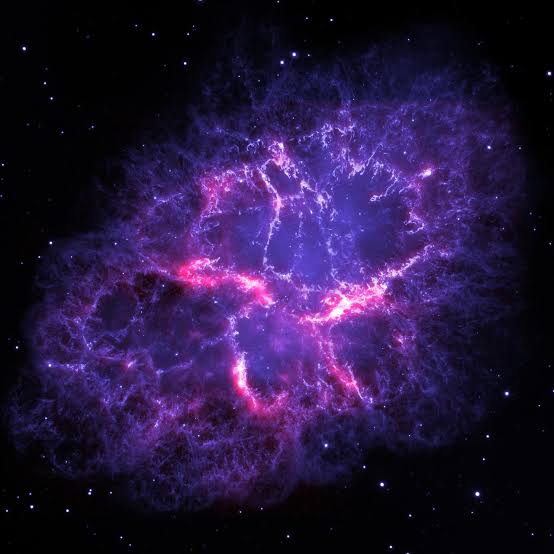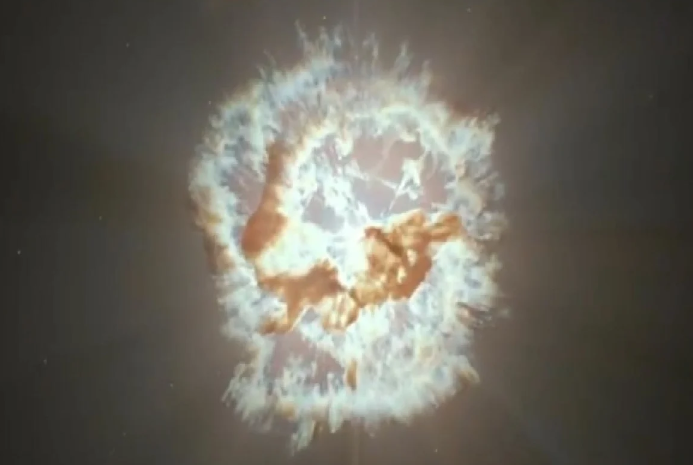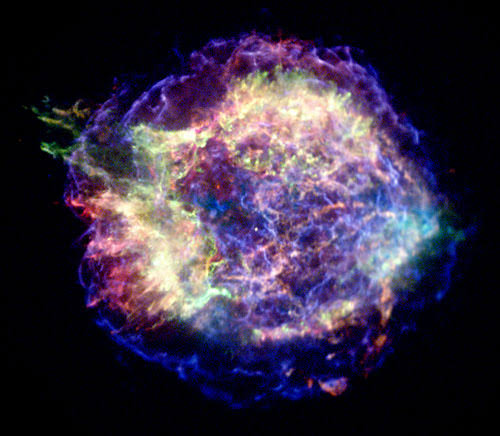A very bright and fast-moving supernova in space was illuminated by borrowed energy. Scientists of Aryabhatta Research and Observational Science Institute located in Nainital have uncovered the secret of this rare phenomenon in space.

Supernova
According to the study related to Supernova 2020 ANK, this celestial body is taking the energy of another neutron star through its powerful magnetic field. This detailed study could help unravel the mystery of the early universe.
This type of possibility, called a superluminous supernova, is very rare. This is because they usually arise from stars that have a minimum mass of at least 25 times that of the Sun. So far only 150 such supernovas have been found. The results of the research have been published in the renowned international journal Royal Society.

Supernova
The incident happened trillions of years ago
The supernova event took place four billion light-years away from Earth. According to scientists, the rays of the incident that happened trillions of years ago have now been recorded in the laboratory.
What is Supernova?
Supernovae are actually energy-filled explosions occurring in space, from which huge amounts of energy are released.
Last year’s discovery:
Dr Shashibhushan Pandey, who was involved in the study, said that this supernova was first discovered in January 2020 by Jwicki Transitent and Facility America. The scientists of Nainital started studying this. This institute comes under the Department of Science and Technology. In a galaxy, a superluminous supernova occurs only once in thousands of years.
The explosion of a star in space is called a supernova. This explosion causes the star to cease to exist. That’s why it is also called the last laughter of a star. It is the most luminous phenomenon observed by humans after the gamma-ray burst.

Supernova
In this, infinite energy is released within a few seconds due to the explosion of the star, due to which the glow is generated. The brightness of a superluminous supernova is one to ten thousand times more than this. But the superluminous supernova, due to its special nature, radiates from one to ten thousand times more than this.



